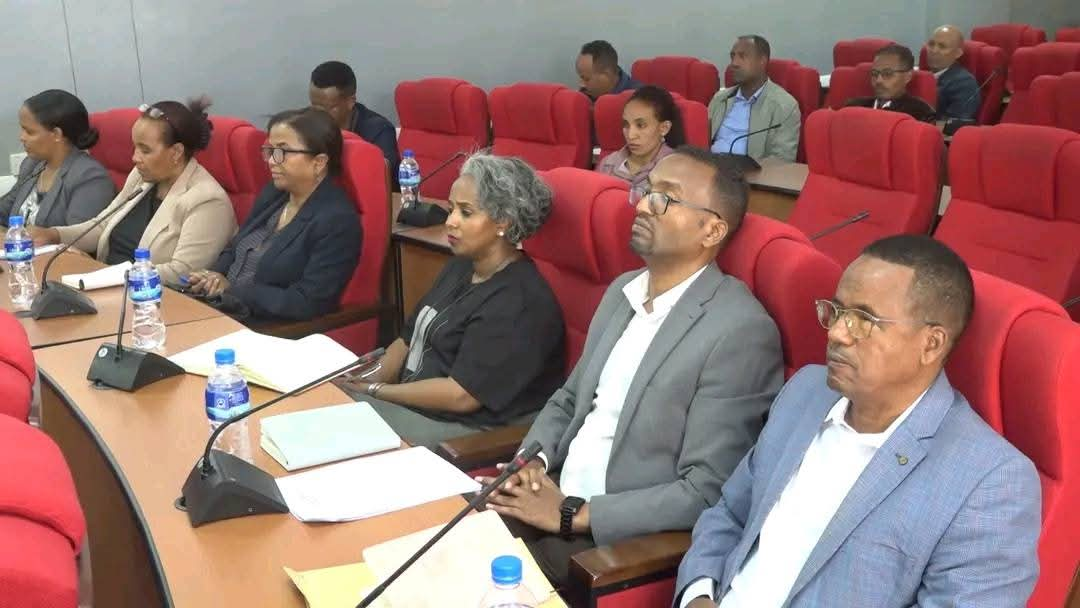Mekelle፡Telaviv, Nairobi, Pretoria, London, (Tigray Herald).
The Betrayal Within: How the TPLF Enabled the Tigray Genocide
By Tessema Nadew
As the dust slowly settles over the killing fields of Tigray, one question echoes with painful clarity across the scarred highlands: who enabled the horror? For a people already weathered by war, famine, and historical marginalization, the shock is not just in the brutality of the genocide but in the identity of its enabler. Many are beginning to speak aloud what was once whispered in grief: the Tigray People’s Liberation Front (TPLF), the very party that claimed to defend Tigray, allowed the gates of destruction to swing open.
This is not a comfortable truth. For decades, the TPLF wrapped itself in the mantle of resistance and representation. It rose from the bush as a rebel movement in 1975, capturing the hearts of a generation of idealistic Tigrayan youth. But instead of building Tigray’s institutional strength, it began dismantling it piece by piece.
The Disassembly of Tigray’s Institutional Capacity
From its earliest years, the TPLF prioritized absolute ideological control over participatory governance. Traditional elders, independent religious leaders, and local civic structures that once mediated conflict and guided communities were weakened or co-opted. Tigray’s organic institutions its communal decision-making systems, its regional identity rooted in pluralism and resilience were either militarized or suppressed.
In the name of liberation, TPLF built a military-political machine. But it did not build a strong civilian bureaucracy. It created dependency, not democracy. Schools, media, and civic organizations in Tigray were filtered through the lens of party loyalty. Economic development was steered through party-affiliated networks, while dissenters many of them respected scholars and youth were silenced, jailed, or exiled.
The myth of TPLF as a Tigrayan shield masked a grimmer reality: the party governed Tigray as a political fiefdom, extracting loyalty, silencing criticism, and alienating broad segments of society. While TPLF leaders gained national power from 1991 to 2018, little of that leverage was used to develop Tigray’s infrastructure, economy, or self-reliance. Roads were paved but accountability was not.
“TPLF disarmed the people politically and institutionally long before the bullets came,” says Haiku Kebede, senior leader of the ሳወት Party on his social media platform
https://www.facebook.com/share/p/1FLSG43V1m
“They dismantled Tigray’s independent structures, silenced dissent, and ruled through fear so when the genocide came, our people were naked in the storm. TPLF lit the fire and locked the exits.”
A War of Their Making
When war broke out in November 2020, the TPLF’s legacy of institutional weakness left the region defenseless. Tigray had no independent disaster response systems, no civilian protection infrastructure, and no functioning checks on party authority. Millions were dragged into war overnight.
What followed is now tragically well-documented. Verified reports from the UN, Amnesty International, and human rights groups speak of mass killings, rape as a weapon of war, the use of hunger as siege, and systematic ethnic cleansing. Tigrayans were killed not just in combat but in churches, schools, homes, and hospitals.
But amid this horror, the TPLF failed to act as a protector. It failed to create humanitarian corridors. It refused to acknowledge ceasefire overtures. And while top leaders moved their families to safety, the people of Tigray were left to starve, to suffer, and to bury their children.
Enabling by Neglect and Design
To say the TPLF enabled the genocide is not an accusation made lightly. But enabling does not always mean firing the gun it also means stripping a people of their shield. Over four decades, the TPLF dismantled Tigray’s resilience, made it dependent on one party, and silenced internal reformers who might have steered the region away from the abyss.
The international community must hold all parties accountable: Abiy Ahmed’s government, Isaias Afwerki’s regime, and yes the TPLF. Tigray’s tragedy was made possible not only by invasion, but by institutional erosion, arrogance, and betrayal from within.
A Future Beyond the Party
Tigray must chart a new course. The survivors of genocide deserve leadership rooted in transparency, pluralism, and healing. Not more party slogans. Not more militarized politics. The region’s youth are demanding it. The diaspora is echoing it. And the graves of the dead demand it.
Tigray will rise again but not under the shadow of those who led it into darkness.
Tesema Nadew is a political commentator and contributor focused on justice, post-conflict reconstruction, and regional dynamics in the Horn of Africa.




